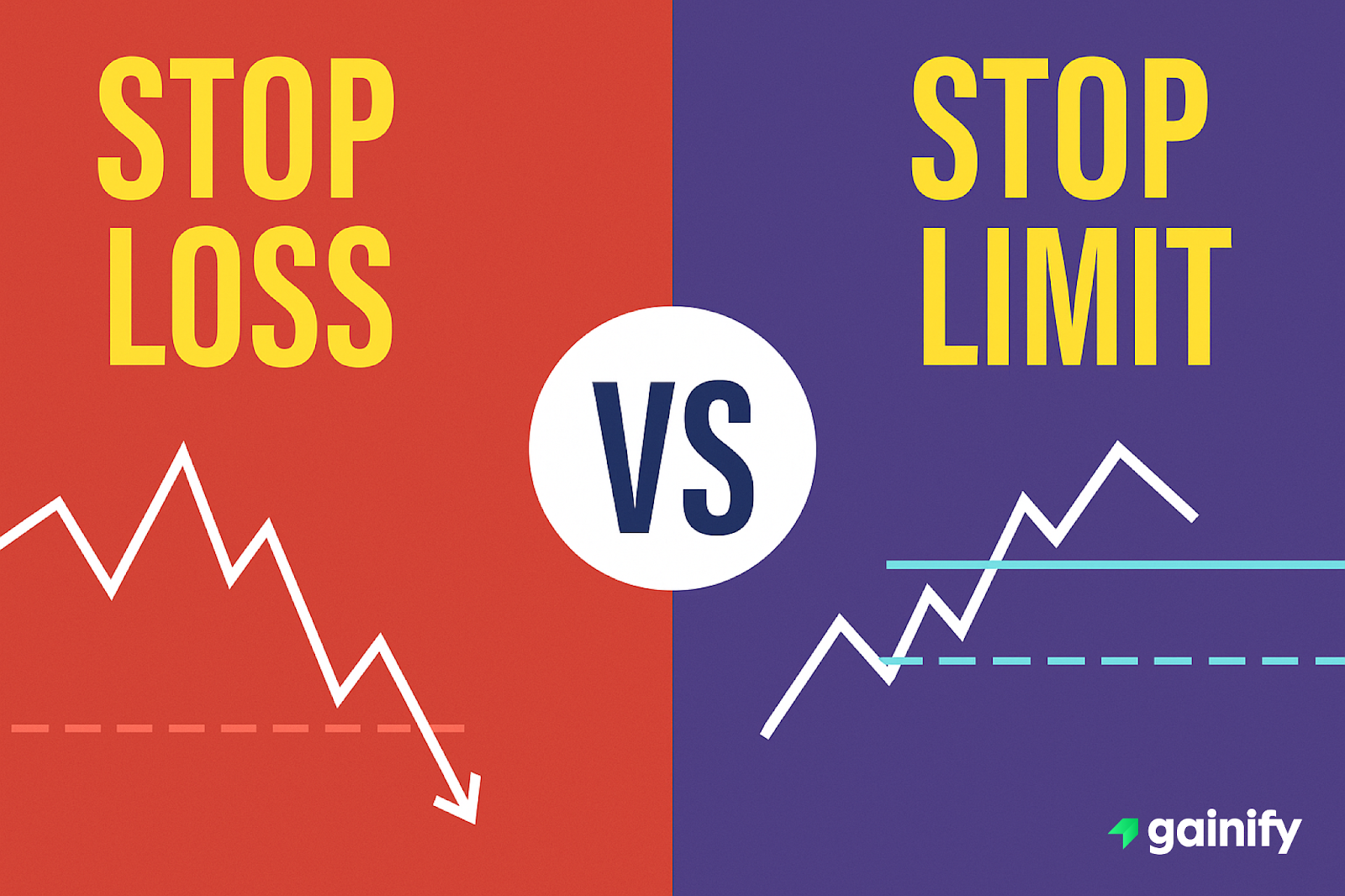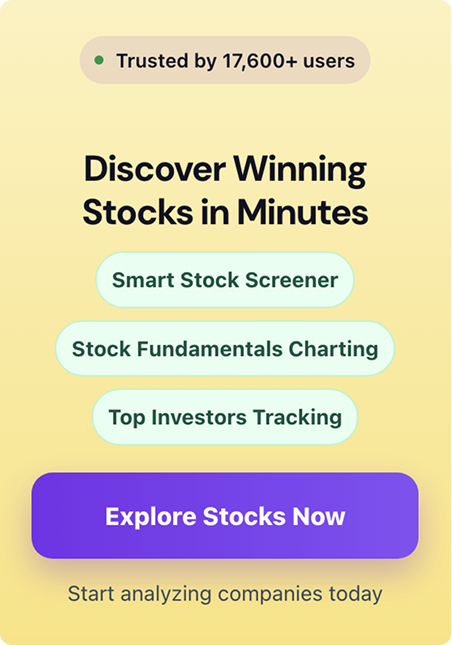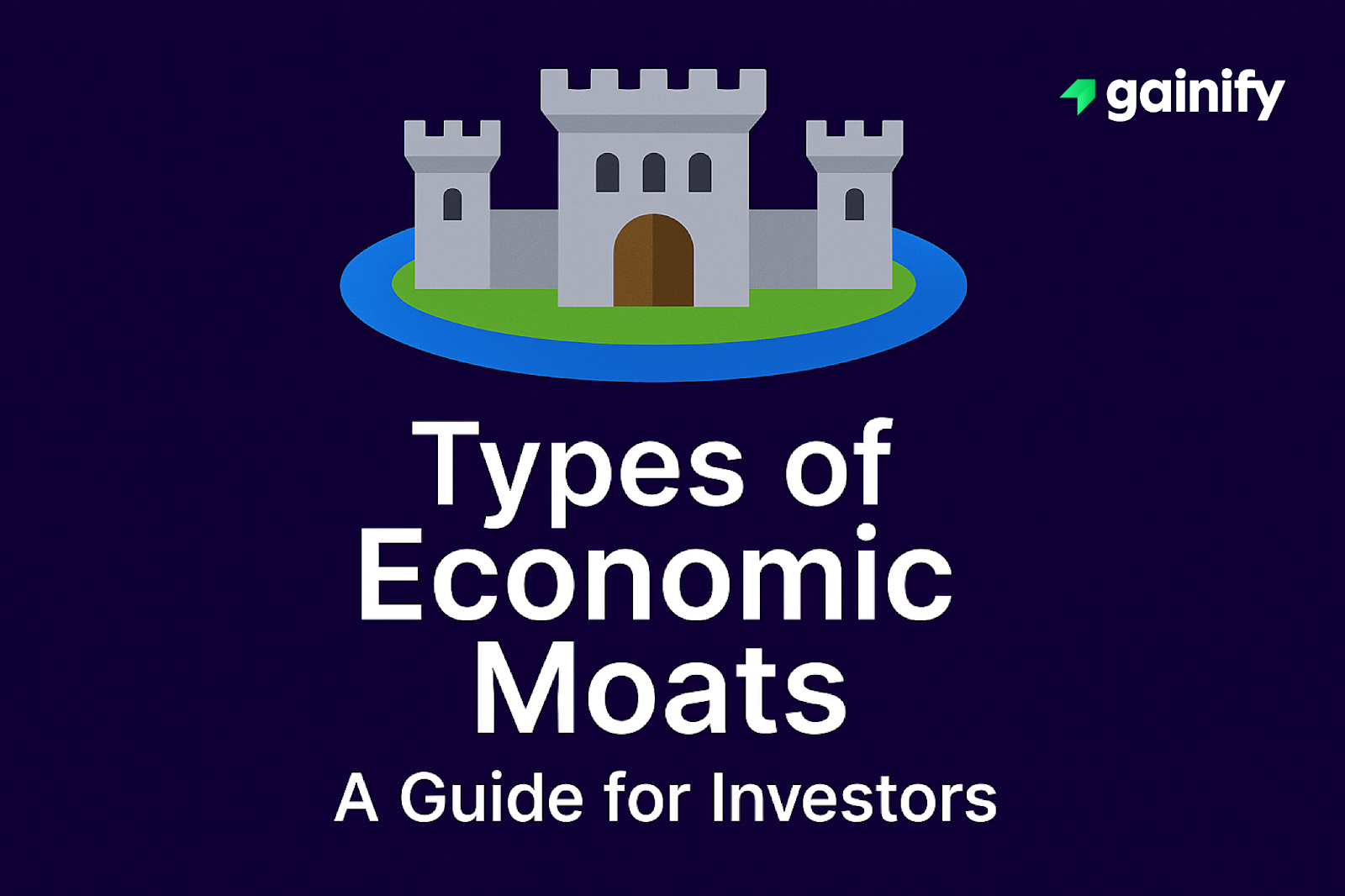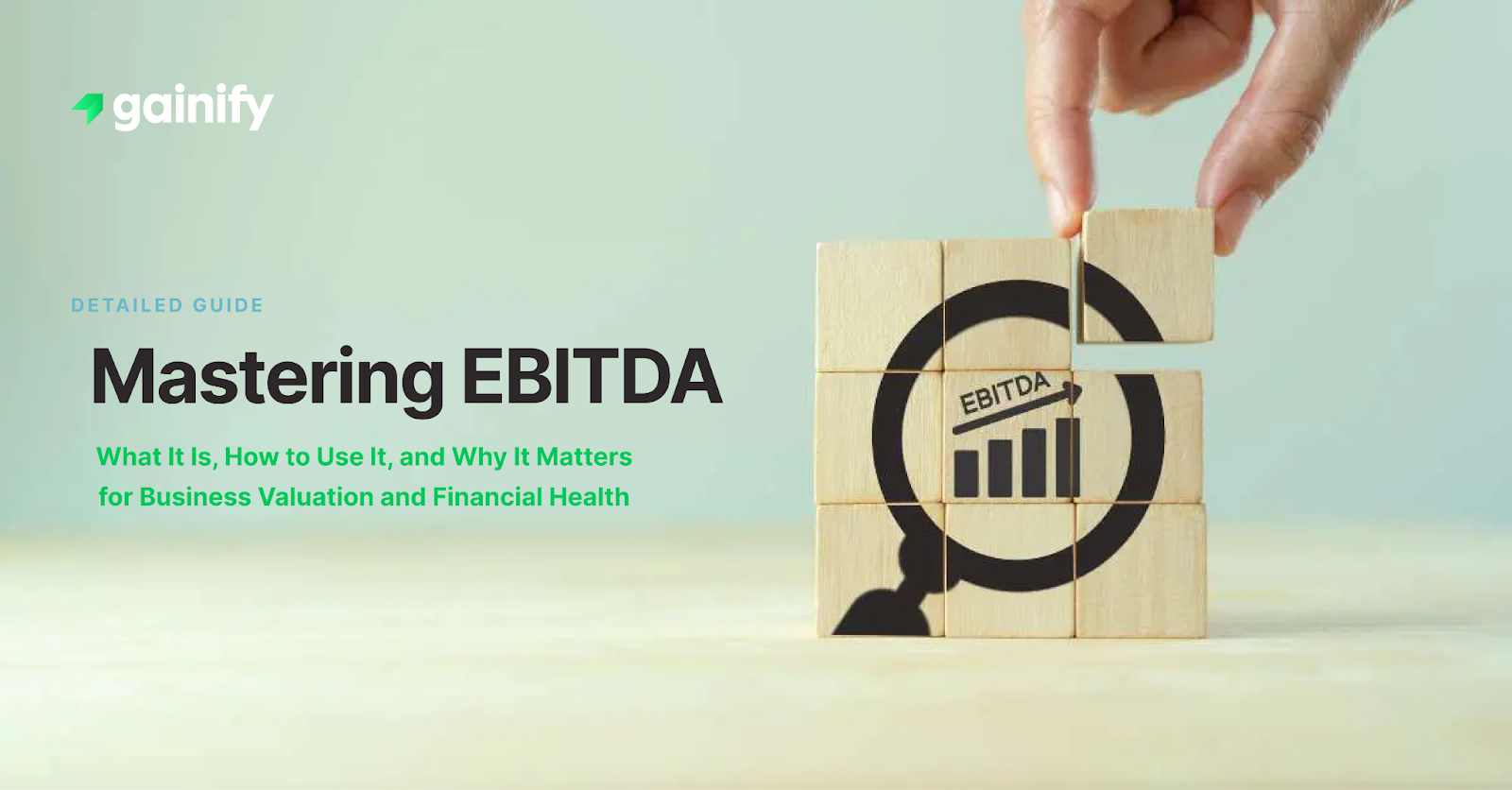If you’re trying to understand the difference between a stop-loss and a stop-limit order, here’s the simple answer: both are designed to help limit losses and manage risk, but they work differently depending on market conditions, execution priorities, and how much price control you want.
In fast-moving or volatile market conditions, knowing when to use a stop-loss vs stop-limit order can significantly impact your trading decisions and long-term investment strategies.
In this guide, we’ll explore how each of these order types works, what kind of protection they provide, and how they can be tailored to your investment objectives and risk tolerance.
What Is a Stop-Loss Order?
A stop-loss order is a risk management tool that automatically triggers a sale when a stock’s price falls to a predetermined loss level. Once this loss trigger or price threshold is hit, the stop-loss becomes a market order, meaning it will execute at the current market price available regardless of whether that price is favorable or not.
Example:
Imagine you purchase a stock at $100 (the original price) and place a stop-loss at $90. If the stock price drops to $90, your order becomes a market sell, and the trade executes at the best available bid price, which may be $89, $88, or even lower depending on market volatility and trading volume.
Pros of Stop-Loss Orders:
- Fast execution in active trading sessions
- Helps limit potential losses automatically
- Ideal for high-volume or heavy trading environments
- Useful for traders who cannot monitor prices throughout the trading day
Cons:
- No guarantee on execution price (risk of price slippage)
- Can trigger in response to short-term volatility or a rapid price fluctuation
- Limited control over execution prices, especially during extended hours or gaps
Stop-loss orders are often used by day traders, crypto traders, and active traders who prioritize speed and downside protection over price precision. They are particularly helpful during volatile market conditions or when trading equity securities with wide bid-ask spreads.
What Is a Stop-Limit Order?
A stop-limit order adds an extra layer of control. Once the stop price is reached, the order becomes a limit order — not a market order — meaning it will only execute at your specified limit price or better. This provides protection against selling at an undesirable price during rapid price movements or adverse market price movements.
Example:
Say you purchase a stock at $100 and set a stop-limit order with a stop price of $90 and a limit price of $88. If the stock falls to $90, the order is triggered, but the trade will only execute at $88 or higher. If the price drops too quickly and never hits $88 again, your order may not fill, potentially leaving you exposed to additional risks.
Pros of Stop-Limit Orders:
- Control over the minimum price you’re willing to accept
- Avoids poor fills caused by price volatility
- Useful in fast-moving markets or for thinly traded securities
- Preferred by investors managing larger blocks of securities
Cons:
- The order might not execute at all
- Higher risk of being left in a bearish position during a downturn
- Not ideal for markets with high price uncertainty or low liquidity
Stop-limit orders are well-suited for traders who prioritize accuracy of execution price over speed and for long-term investors who want more precision in managing portfolio positions.
Stop-Loss vs Stop-Limit: Key Differences
Feature | Stop-Loss Order | Stop-Limit Order |
Execution Type | Converts to market order | Converts to limit order |
Speed | Fastest execution possible | Executes only at or above set price limit |
Price Control | None after trigger | Full control over execution price |
Risk of Not Executing | Low (but risk of poor pricing) | High (may not fill during sell-off) |
Best For | Fast exits in volatile markets | Controlled exits in thinly traded stocks |
Market Fluctuation Impact | More exposed to slippage | Less exposed, but might not execute |
When Should You Use Each Order Type?
Choosing between a stop-loss and a stop-limit order depends on your trading strategy, risk tolerance, and the current market conditions. Here’s how to decide:
Use a Stop-Loss Order when:
- You want to exit a position quickly
- You expect high volatility or unpredictable price moves
- The stock trade is liquid with minimal price slippage
- You’re managing a trade during regular market hours or in reaction to company news or earnings reports
- You are managing short-term volatility in the stock market or cryptocurrency markets
Use a Stop-Limit Order when:
- You require a precise entry or exit point
- The security in question trades with wide bid-ask spreads
- You are willing to risk non-execution to avoid an undesirable price
- You’re working with large volume trades or investing during off-peak hours
- You want tighter control over execution prices
If you trade through a brokerage platform, you may be able to set these orders using a dropdown menu, with options for expiration day, order type, and trading price. Many brokerage firms allow customization like sell-stop order, trailing stop-loss order, sell stop limit order, and even buy-stop orders to help build out full risk management strategies.
Additional Considerations for Investors and Traders
- Time Limits: Orders can typically be set for day only, GTC (good-till-canceled), or for a set number of calendar days.
- Cost of Expediency: A stop-loss can trigger faster but may fill at a worse price. That’s the trade-off between speed and price guarantee.
- Extended Hours Risks: After-hours trades are subject to lower liquidity and wider spreads. Limit orders are usually safer in extended hours sessions.
- Applicable Risk Disclosures: Be sure to review your broker’s policies around market orders, execution protection, and trading costs, including additional brokerage fees.
- Assets in Exchange: Not all security types (e.g., crypto, penny stocks) behave the same. Know your security type and the rules of the centralized exchange you’re using.
Final Thoughts: Use Orders That Match Your Strategy
Both stop-loss and stop-limit orders offer different types of protection against potential losses in the financial markets. The key is knowing your priorities. Do you want to get out quickly at the current price, even if it’s lower than expected? Or would you rather wait for a more acceptable price, even if it means the order might not fill?
Think of it this way:
- A stop-loss order is your emergency exit
- A stop-limit order is your reserved exit with conditions
Successful traders and investors use these tools to protect gains, manage downside risk, and maintain discipline in all types of market volatility. Whether you’re a beginner or seasoned trader, using the right tool at the right time can mean the difference between reacting and planning.
Want smarter tools to manage risk, track stock prices, and understand market moves?
Visit Gainify.io — where strategy meets simplicity.




